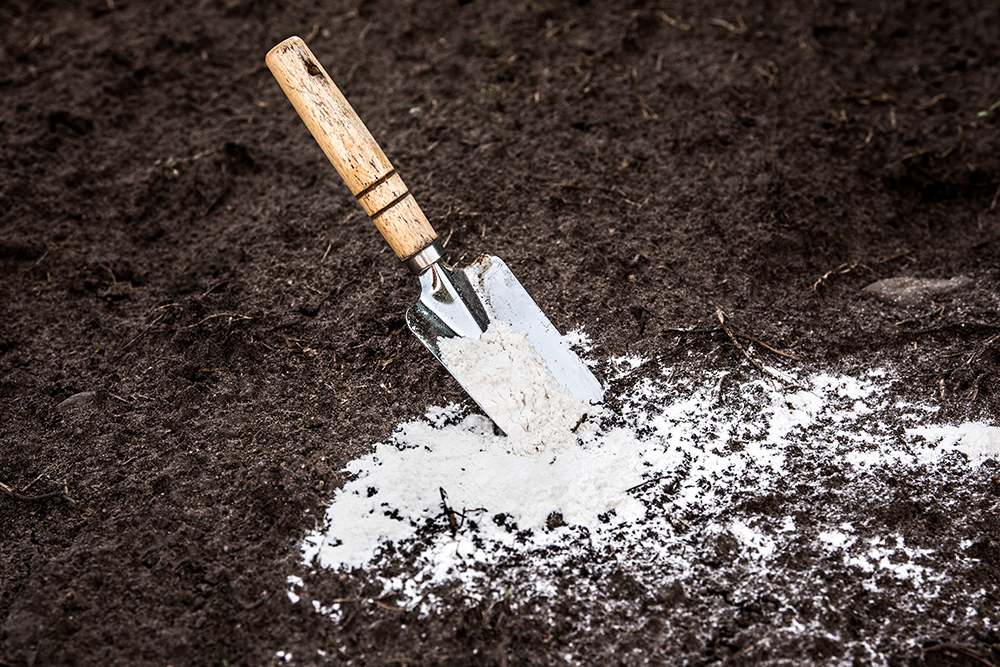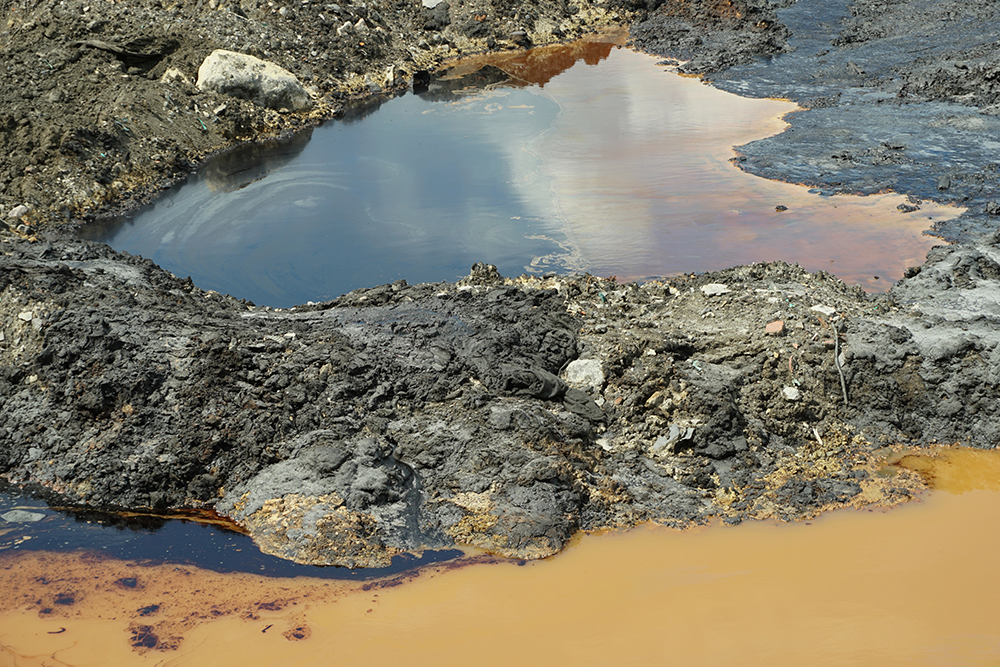8 Methods Of Soil Remediation For Restoring Contaminated Sites

Soil contamination is a pressing issue that affects not only the environment but also human health. Whether caused by improper waste disposal, industrial spills, or agricultural chemicals, contaminated soil can disrupt ecosystems, limit land usability, and pose serious risks to communities. Effective soil remediation is essential to restore polluted sites and guarantee safe, healthy environments.
With decades of experience in remedial construction and vegetation management, Coleman Environmental Engineering, LLC aims to provide sustainable, tailored solutions to address the unique challenges posed by soil contamination.
Understanding Soil Contamination
Common contaminants include heavy metals, hydrocarbons, pesticides, and industrial chemicals. These pollutants can enter the soil through a variety of pathways, such as leaching from landfills, spills from underground storage tanks, or runoff from agricultural operations. Over time, contaminants not only degrade soil quality but can also seep into groundwater, leading to broader environmental harm.
The remediation process focuses on purifying the soil by removing or neutralizing these harmful substances. Remediation is not a one-size-fits-all approach; it involves a thorough assessment of the site to determine the best techniques based on the type and extent of contamination.
Bioremediation
Bioremediation is a cost-effective and environmentally friendly method that uses living organisms to break down pollutants in the soil. Microorganisms such as bacteria and fungi metabolize organic contaminants like hydrocarbons, breaking them into less harmful compounds. This technique can be applied in-situ (on-site) or ex-situ (off-site). In-situ bioremediation treats the soil in its original location, often using bio-stimulation or bio-augmentation to enhance the natural breakdown of contaminants.
Ex-situ techniques involve removing the contaminated soil for treatment in a controlled environment, which may speed up the remediation process. While bioremediation is highly effective for organic pollutants, it may take longer to complete and is not suitable for all types of contaminants, such as heavy metals.
Chemical Treatment
Chemical soil remediation involves the use of chemicals to neutralize or immobilize contaminants. One common method is soil stabilization, where reagents like lime or cement are added to contaminated soil to bind pollutants, rendering them less toxic and reducing their mobility.
Another chemical technique is oxidation, where contaminants are chemically altered using oxidizing agents. For example, injecting hydrogen peroxide or ozone into contaminated soil can break down harmful organic compounds into water and carbon dioxide. Chemical treatments are particularly effective for treating industrial pollutants, such as solvents and pesticides, but they require careful handling and monitoring to avoid secondary contamination.
Physical Remediation
Physical methods of soil remediation focus on separating contaminants from the soil through processes like encapsulation, soil washing, and thermal desorption.
- Encapsulation involves covering or isolating the contaminated soil to prevent further spread of pollutants. This is a containment strategy, rather than a removal technique, and is often used when complete remediation is not feasible.
- Soil washing is another approach where contaminated soil is treated with water and surfactants to separate pollutants from soil particles. The process is especially effective for heavy metal contamination and can reduce the volume of hazardous waste needing disposal.
- Thermal desorption uses heat to volatilize contaminants, which are then captured and either destroyed or treated. This method is ideal for volatile organic compounds and other heat-sensitive contaminants.
Thermal Treatment
Thermal methods utilize high temperatures to decompose or remove contaminants. One of the most common forms of thermal remediation is incineration, which completely destroys organic pollutants by subjecting them to high heat.
Another technique, low-temperature thermal desorption, heats contaminated soil to lower temperatures, causing volatile compounds to vaporize. These vapors are then collected and treated. Thermal remediation is highly effective but can be expensive, requiring specialized equipment and energy resources.
Phytoremediation
Phytoremediation is a nature-based approach that uses plants to absorb, store, and degrade contaminants in the soil. Certain plants, known as hyperaccumulators, can take up heavy metals, organic pollutants, and even radionuclides through their roots, sequestering the contaminants in their tissues.
The method is relatively low-cost and aesthetically pleasing, making it an ideal solution for long-term remediation projects or low to moderate levels of contamination. However, it is a slow process and may require many growing seasons to achieve significant results. Phytoremediation is best suited for sites where contamination does not pose an immediate threat to human health.
Soil Vapor Extraction
Soil vapor extraction (SVE) targets volatile contaminants that have migrated into the air spaces within the soil. By applying a vacuum to extraction wells, SVE draws out vapors from the contaminated area, which are then treated or disposed of safely. It is commonly used for volatile organic compounds (VOCs) like gasoline and solvents. SVE is often combined with other techniques, such as air sparging or bioventing, to enhance remediation outcomes.
Electrokinetic Remediation
Electrokinetic remediation is an emerging technique that uses electrical currents to mobilize and remove contaminants from the soil. Electrodes are inserted into the ground, and a low-voltage electric field is applied, causing ions and contaminants to migrate toward the electrodes for extraction.
This method is particularly effective for heavy metals and other charged contaminants. It can be applied in-situ, reducing the need for excavation and off-site treatment. Electrokinetic remediation is still a developing field, but it offers promise for difficult-to-treat contaminants.
Nanoremediation
Nanoremediation involves the use of nanoparticles to treat contaminated soil by breaking down or neutralizing pollutants at the molecular level. Nanoparticles, such as zero-valent iron (ZVI) or titanium dioxide, are introduced into the soil where they react with contaminants, reducing them to non-toxic forms or transforming them into less harmful compounds.
This is particularly effective for treating a wide range of contaminants, including heavy metals and organic pollutants. While still emerging, nanoremediation offers a promising approach for complex contamination cases due to its precision and efficiency.
Soil remediation techniques are essential for restoring contaminated sites and protecting both the environment and public health. From bioremediation to chemical treatments and advanced thermal methods, the right approach depends on the nature and extent of the contamination.
Coleman Environmental Engineering, LLC recognizes the importance of efficient, customized soil remediation strategies. Our expertise in environmental engineering services makes sure that we apply the most effective methods to rehabilitate land and mitigate long-term risks. Explore our environmental engineering projects to see how we can help.

